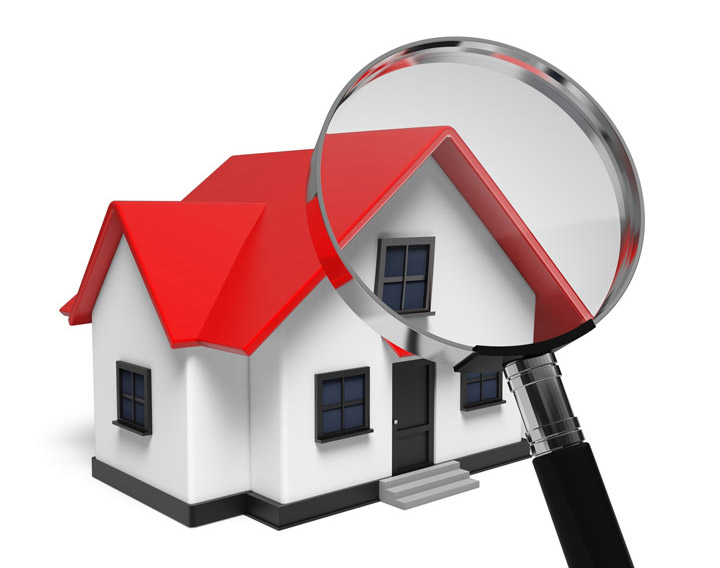
What Goes Into an Appraisal?Acquiring a home is the most significant transaction most people could ever make. Whether it's where you raise your family, a seasonal vacation home or one of many rentals, purchasing real property is a complex transaction that requires multiple people working in concert to pull it all off. It's likely you are familiar with the parties taking part in the transaction. The real estate agent is the most familiar face in the exchange. Next, the lender provides the money needed to finance the deal. And ensuring all aspects of the exchange are completed and that a clear title passes to the buyer from the seller is the title company. So, what party makes sure the value of the property is in line with the amount being paid? This is where the appraiser comes in. We provide an unbiased estimate of what a buyer might expect to pay — or a seller receive — for a parcel of real estate, where both buyer and seller are informed parties. A licensed, certified, professional appraiser from My Trilla Appraisals will ensure, you as an interested party, are informed. The inspection is where an appraisal startsTo determine an accurate status of the property, it's our responsibility to first complete a thorough inspection. We must see aspects of the property first hand, such as the number of bedrooms and bathrooms, the location, living areas, etc, to ensure they really are there and are in the condition a reasonable buyer would expect them to be. The inspection often includes a sketch of the property, ensuring the square footage is proper and conveying the layout of the property. Most importantly, the appraiser identifies any obvious amenities - or defects - that would have an impact on the value of the house. Next, after the inspection, an appraiser uses two or three approaches to determining the value of the property: a sales comparison, a replacement cost calculation, and an income approach when rental properties are prevalent. 
Replacement CostHere, the appraiser pulls information on local building costs, labor rates and other elements to determine how much it would cost to replace the property being appraised. This figure usually sets the maximum on what a property would sell for. The cost approach is also the least used method. 
Paired Sales AnalysisAppraisers become very familiar with the neighborhoods in which they appraise. They thoroughly understand the value of particular features to the homeowners of that area. Then, the appraiser researches recent transactions in close proximity to the subject and finds properties which are 'comparable' to the property in question. Using knowledge of the value of certain items such as square footage, additional bathrooms, hardwood floors, fireplaces or view lots (just to name a few), we adjust the comparable properties so that they are more accurately in line with the features of subject.
Once all necessary adjustments have been made, the appraiser reconciles the adjusted sales prices of all the comps and then derives an opinion of what the subject could sell for. When it comes to knowing the true value of features of homes in Sulphur Springs and Hopkins, My Trilla Appraisals is your local authority. This approach to value is usually awarded the most weight when an appraisal is for a real estate purchase. Valuation Using the Income ApproachA third way of valuing a property is sometimes used when an area has a reasonable number of renter occupied properties. In this case, the amount of revenue the property produces is factored in with other rents in the area for comparable properties to determine the current value. ReconciliationExamining the data from all approaches, the appraiser is then ready to state an estimated market value for the property at hand. It is important to note that while this amount is probably the strongest indication of what a property is worth, it probably will not be the price at which the property closes. There are always mitigating factors such as the seller's desire to get out of the property, urgency or 'bidding wars' that may adjust the final price up or down. But the appraised value is often used as a guideline for lenders who don't want to loan a buyer more money than they could recover in the event they had to put the property on the market again. It all comes down to this, an appraiser from My Trilla Appraisals will guarantee you attain the most fair and balanced property value, so you can make profitable real estate decisions. |